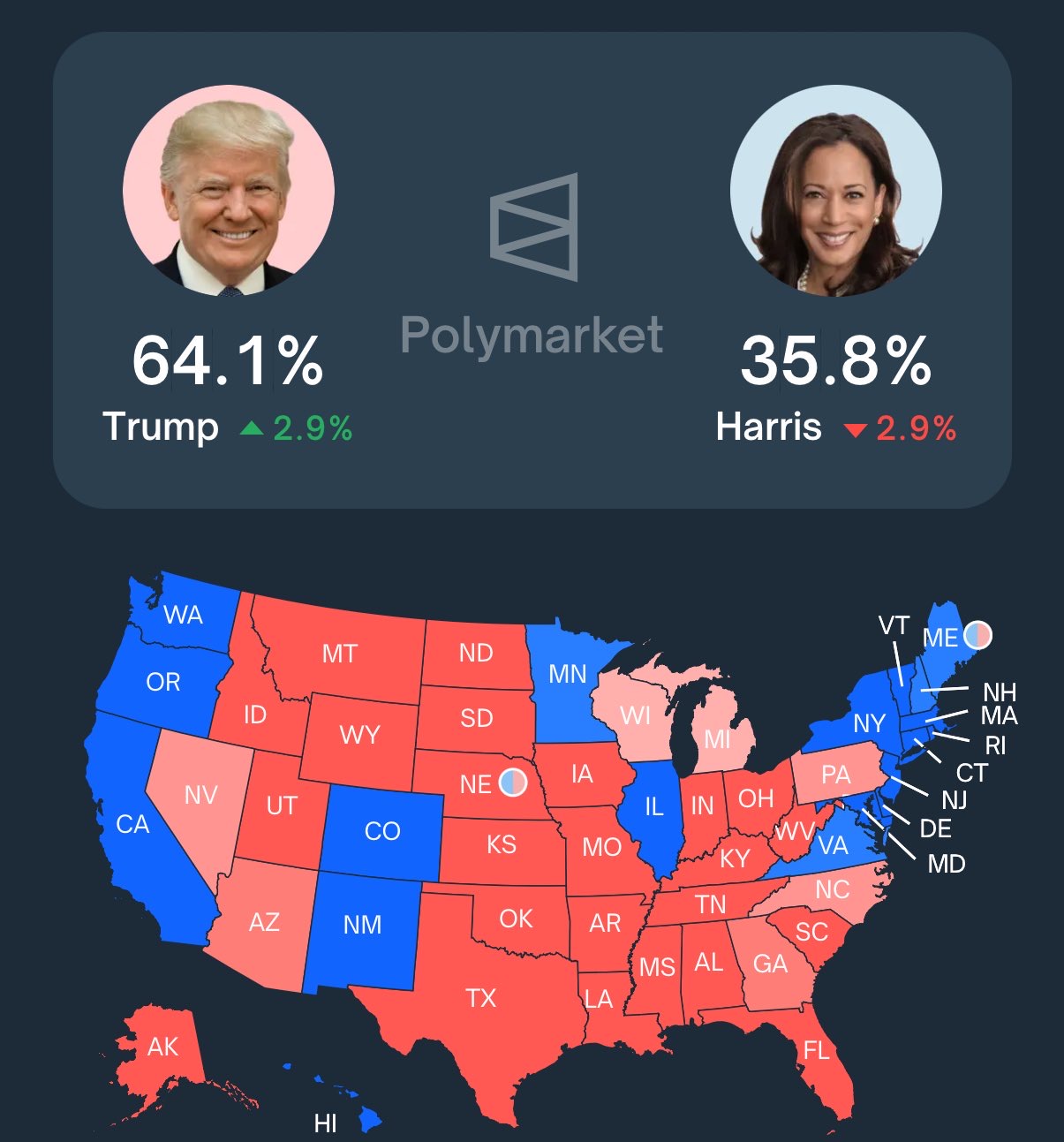
As the 2024 U.S. presidential race intensifies, Donald Trump has surged ahead of Vice President Kamala Harris in several polls, widening the gap between the two contenders. The former president, despite his polarizing tenure, is drawing significant support from key voter bases, making headlines with what many political analysts consider an unprecedented lead over Harris. But what does this lead mean for the election, and why is Trump outperforming Harris by such a large margin?
Trump’s Unyielding Base: Why Loyalty Matters
Trump’s enduring appeal stems from a combination of factors, chief among them the fierce loyalty of his base. From blue-collar workers to rural voters, Trump’s promises of “America First” and anti-establishment rhetoric continue to resonate deeply. His ability to connect with disenfranchised Americans, particularly those who feel ignored by the political elite, gives him a considerable edge.
Harris, on the other hand, faces challenges in galvanizing a comparable base. While she appeals to progressive voters, her tenure as Vice President has been marred by criticisms over immigration, the border crisis, and a perceived lack of visibility. This contrast in voter loyalty is a primary reason Trump holds a commanding lead.
The Harris Problem: Perception and Policy
Kamala Harris’ struggle to gain traction is more than just a matter of policy; it’s about perception. While Harris made history as the first female, Black, and South Asian vice president, her performance in office has been subject to intense scrutiny. Conservatives and even some moderates have criticized her handling of key issues like immigration, where the Biden administration’s policies have been labeled as ineffective or misguided.
Meanwhile, Trump’s straightforward, often controversial, communication style continues to appeal to voters who are tired of what they perceive as political correctness or ambiguity from Washington. Harris’ political persona, by contrast, comes across as more calculated, which some argue makes her seem out of touch with everyday Americans.
Trump’s Unrelenting Media Presence
Another factor contributing to Trump’s lead is his unrivaled media presence. From his constant social media updates to appearances on conservative news outlets, Trump remains a fixture in the public eye. His ability to dominate the news cycle, regardless of the nature of the coverage, keeps his name front and center.
Harris, on the other hand, struggles with media visibility. While she makes appearances in high-profile situations, her overall media strategy hasn’t been able to capture the same level of attention or enthusiasm. In today’s fast-paced political landscape, visibility translates directly to support, and this is where Harris falls behind.
Key Voter Demographics: Who’s Choosing Trump?
Trump’s commanding lead also points to shifting voter demographics. Traditionally Democratic groups like Hispanic voters and working-class families are showing increased support for Trump, signaling a potential reconfiguration of voter loyalties. These demographic shifts are significant, as they suggest that Harris and the Democratic Party may be losing ground with voters they previously counted on to win.
The shift among minority voters, in particular, is one of the more controversial aspects of Trump’s lead. Despite accusations of racism and xenophobia during his previous campaigns, Trump has made surprising gains with Latino and African-American voters, many of whom cite his economic policies as the reason for their support.
What’s Next: Can Harris Close the Gap?
Despite Trump’s current lead, the race is far from over. Harris has the potential to galvanize key demographics, particularly young and minority voters, as the campaign progresses. However, doing so will require a significant shift in both strategy and perception. Harris will need to address the criticisms surrounding her vice presidency and offer a compelling vision for the future that contrasts sharply with Trump’s platform.
Moreover, Harris and the Democratic Party must also contend with the possibility that voters are looking for an alternative to both her and Trump. In such a volatile political climate, the 2024 election may see a rise in third-party candidates, or a surge in voter apathy, both of which could reshape the final outcome.
Conclusion
Trump’s large lead over Harris signals both the strength of his political brand and the challenges facing his opponents. As the 2024 election draws closer, Harris will need to find a way to overcome the perception problem and reenergize her campaign if she hopes to close the gap. Meanwhile, Trump’s ability to maintain his base, gain new voters, and dominate the media landscape suggests that he may well be on his way to reclaiming the White House. Only time will tell whether this early lead will hold, but one thing is certain: the 2024 race is shaping up to be as divisive and high-stakes as any in recent history.







That’s bullshit